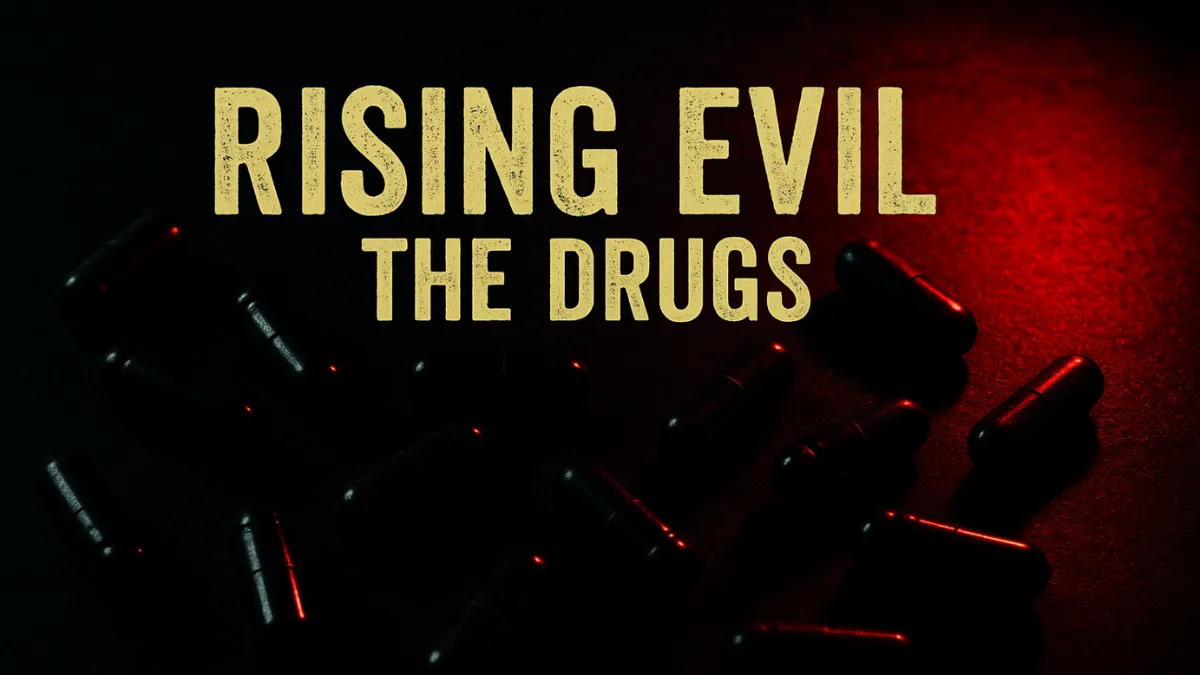Last Updated on September 29, 2023 by Nyayik Vigyan
Trap cases – In the modern world, when crimes are at the peak and money is the only mode of exchange, people misuse this mode of exchange to get their work done fast, in a broader sense, when money is accepted in an illegal way between two people to get a particular work done, to influence a person or action or for political advantage, can be collectively termed as “Bribery”. The money or goods that are given to the receiver are termed as a “Bribe”.
Under the IPC section “171B” and “171E” the definition and the punishment for bribe have been defined. Moreover, the Vigilance Department of India and the Anti-Corruption Bureau are the agencies that handle and investigate such cases. When a trap is laid down to catch such culprits, this strategy is called “A Trap Case”.
In a Trap case Phenolphthalein powder is often spread on the money or goods that are being accepted as a bribe, according to Locard’s principle of exchange “An exchange occurs between persons or things that come in contact with each other”, this transfer is often forensically important. So as a result of this principle, phenolphthalein traces are transferred to the hands of the culprit, the table, briefcase, or other objects, where the money or the hands comes in contact with.
As phenolphthalein is colorless, the hands of the culprit are washed with Sodium Carbonate solution, due to which the solution turns from pink to reddish in appearance, depending upon the concentration of phenolphthalein. But the limitation of this identification is that the color of the solution fade by the time it is transferred to the Forensic lab for analysis. This can cause an issue during the court proceedings when the defendant lawyer questions the expert. But as an expert, the chemistry of this color change can be explained to court as 2[4-hydroxy-benzoyl]-benzoic acid and phenol can breakdown phenolphthalein and this causes the fading of the color in the solution.
Apart from this, the solution and the specimens (evidence), when sent to the laboratory are properly analyzed systematically to detect the presence of phenolphthalein and in case of the solution contain phenolphthalein that was washed with sodium carbonate, the extraction of phenolphthalein is to be done first, followed by its analysis.

Source – Epathshala PAPER No.5: Forensic Chemistry & Explosives MODULE No.26: Trap Cases & Detective Dyes
Methodology

Source: International Journal of Multidisciplinary Approach & Studies
Upon receiving, phenolphthalein is first extracted from solution by solvent ether and then subjected to color tests, chromatography and instrumental techniques.
A. Color Tests
(i) pH Test:
The Ph of the solution is measured, a solution of pH more than 9 indicates a positive presence of Phenolphthalein.
(ii) Folin Ciocalteu’s test
In this test about 2ml of the folin-ciocalteu reagent is added with 2 ml of 20% sodium carbonate is added to the test sample, The Blue color indicates the positive test for the presence of phenolphthalein. Baggi & Murthy have also suggested a new color Test for the detection of Phenolphthalein.
B. TLC (Thin Layer Chromatography)
The solvent system preferred for phenolphthalein is mainly, Benzene: Dioxan: and Acetic acid (75:15:5) 13, Chloroform: Acetone (80:20) and Ethyl acetate: Methanol: Strong Ammonia (27 to30%). The spots are then visualized with Sodium Carbonate and the indication of pink spots gives a positive identification.
C. Instrumental Techniques
Finally, in UV spectrophotometer and instruments such as HPLC/GC, the samples can be examined and the presence of Phenolphthalein can be concluded.
Conclusion
Finally, these results can be noted down and can be used for the purpose of court proceedings. Moreover, Anthracene can be used in place of phenolphthalein which gives the added advantage that it does not fade of easily and moreover on the application of UV light it gives a blue/violet fluorescence that confirms the presence of Anthracene. Then it can be examined in forensic science laboratories as per the protocol of Phenolphthalein. But Anthracene is rarely used for trap cases.

Source – Epathshala PAPER No.5: Forensic Chemistry & Explosives MODULE No.26: Trap Cases & Detective Dyes

Source – Epathshala PAPER No.5: Forensic Chemistry & Explosives MODULE No.26: Trap Cases & Detective Dyes
References
- Bribery. (2020, July 06). Retrieved July 15, 2020, from https://en.wikipedia.org/wiki/Bribery
- VERMA, R., & PRAMANIK, S. Dissociation of phenolphthalein helps in solving Bribe Trap Case: Forensic approach.
- Prevention of Corruption Act 1988, Delhi, 2005.
- Reading material on Trap, Central Bureau of Investigation Academy, U.P.
- M.B. Rao, Handbook on Forensic Science for Police Officers, Sardar Vallabhbhai Patel National Police Academy, Hyderabad, 2008.
- Handbook of Forensic Services, CFSL-CBI, 2009.
- Yadav, P., & Goutam, M. P. (2014). Forensic Analysis of Phenolphthalein in Trap Cases-A Critical Review. International Journal of Multidisciplinary Approach & Studies, 1(4).
- Admin. (2020, June 15). Part 1: What happens in a trap case: What is the role of sub inspector in it? Retrieved July 15, 2020, from http://www.cbivsincometax.in/part-1-what-happens-in-a-trap-case-what-is-the-role-of-sub-inspector-in-it/
- Epathshala PAPER No.5: Forensic Chemistry & Explosives MODULE No.26: Trap Cases & Detective Dyes















